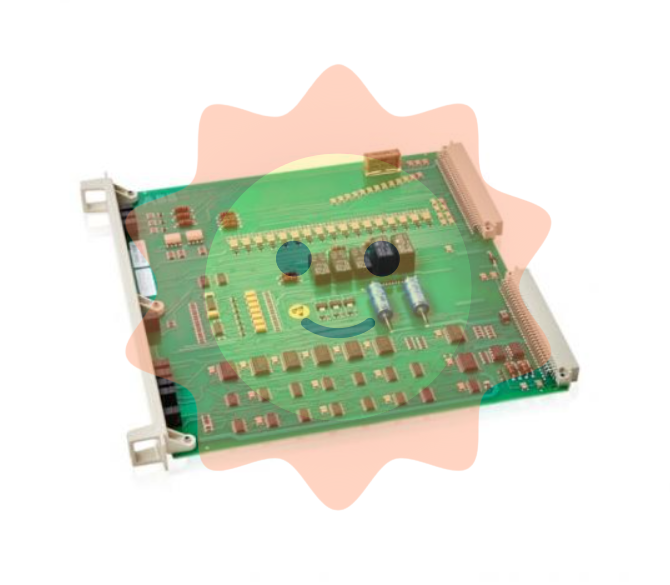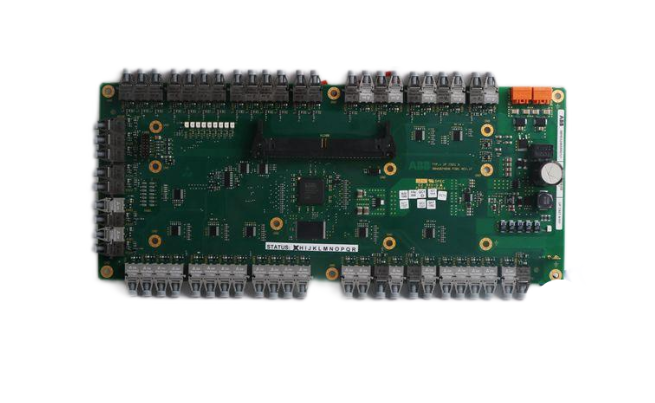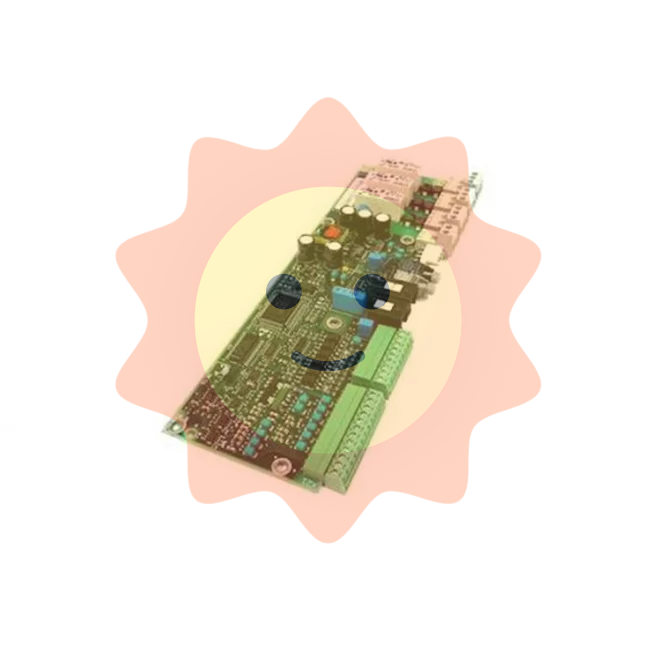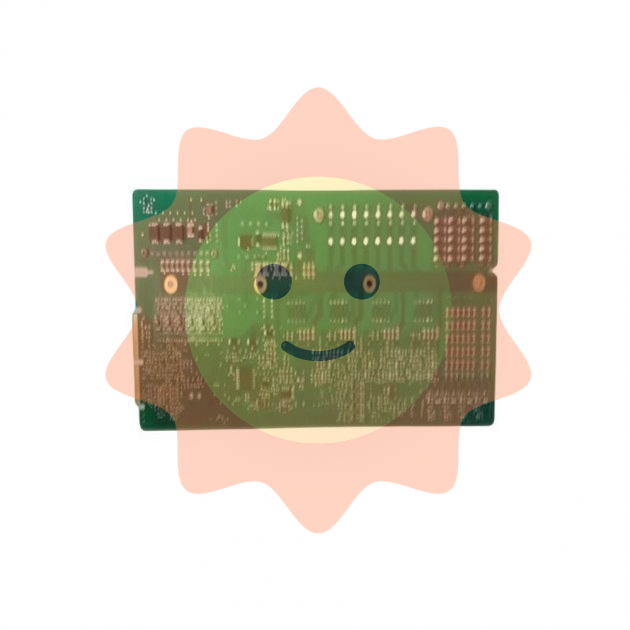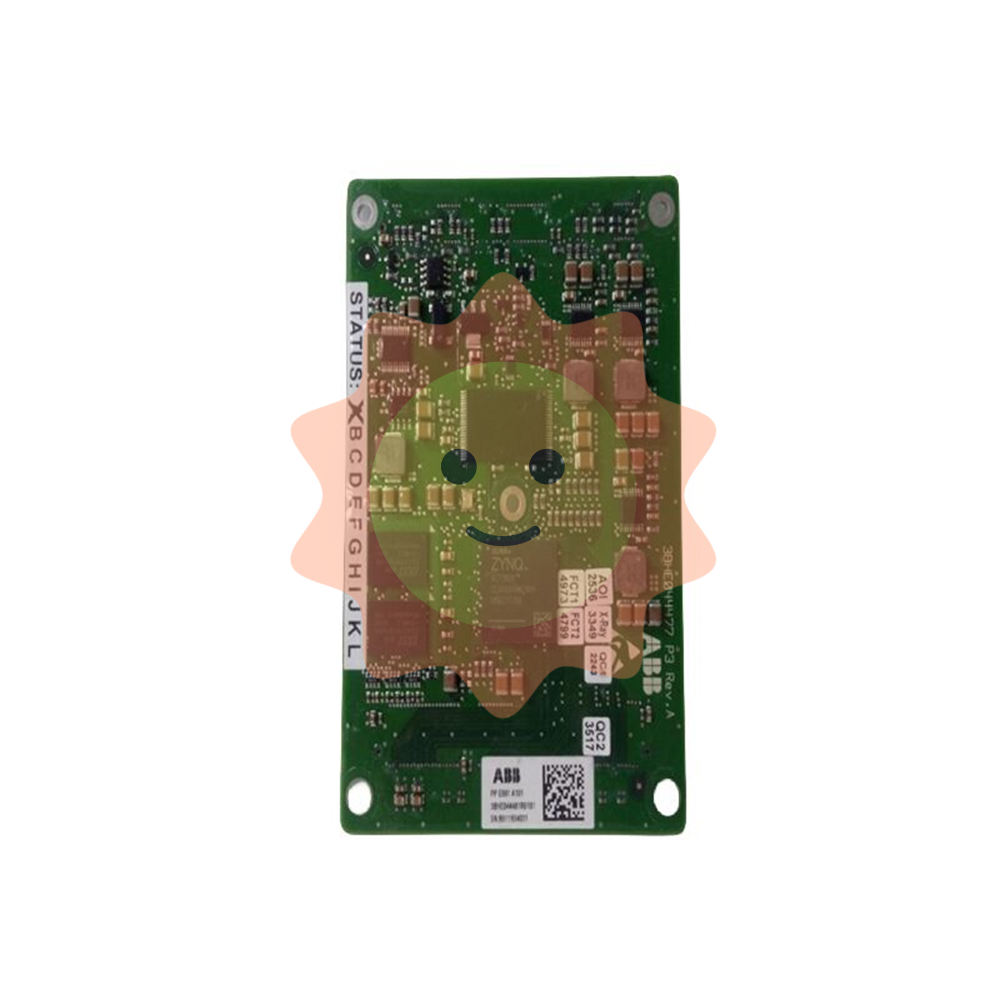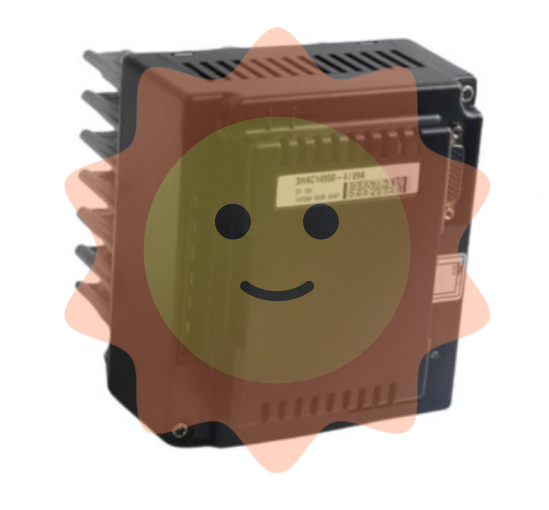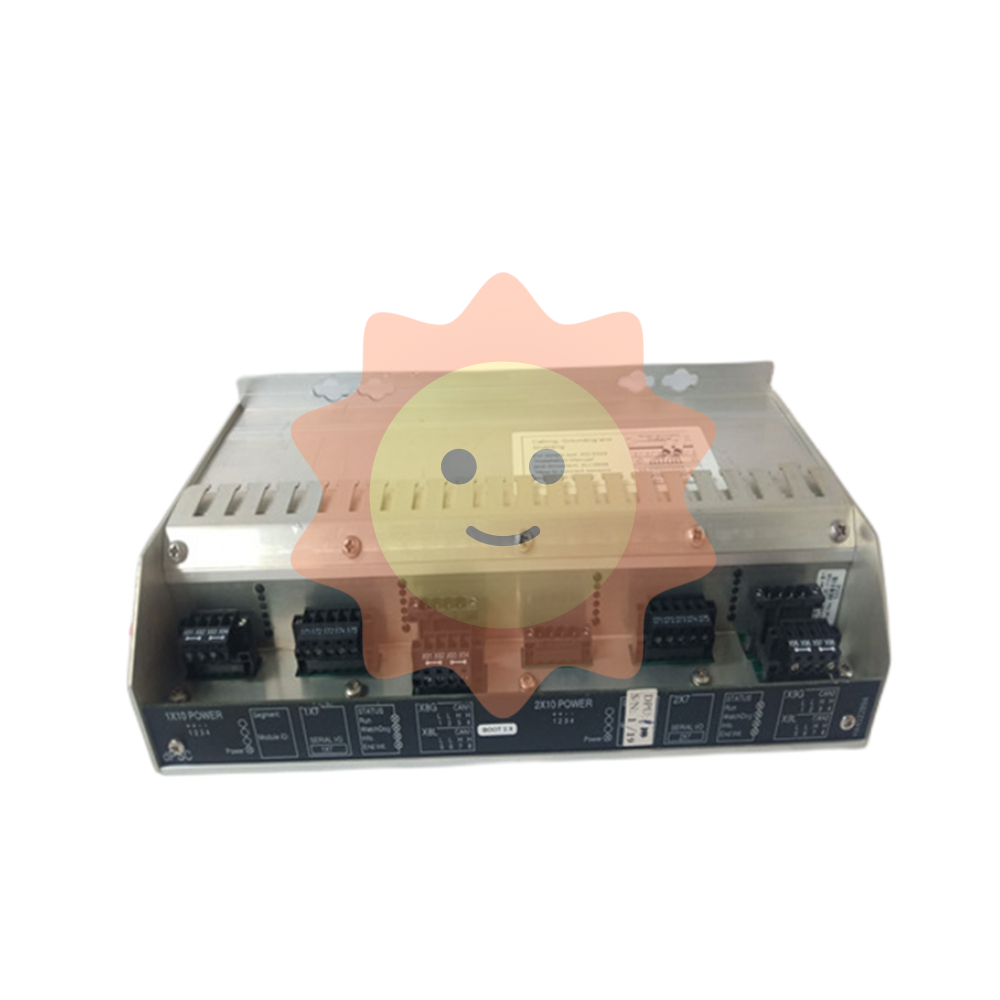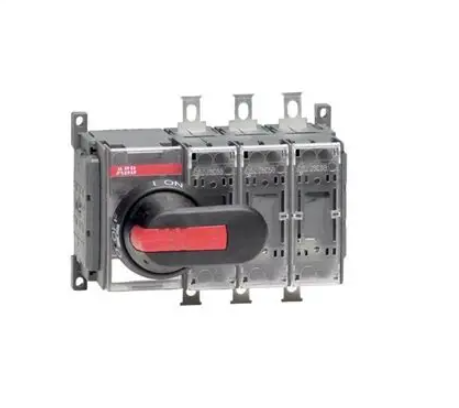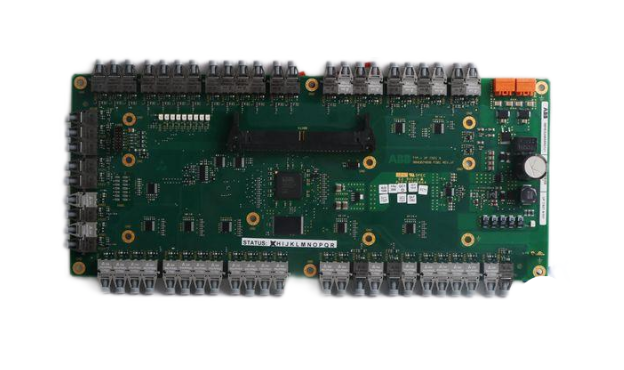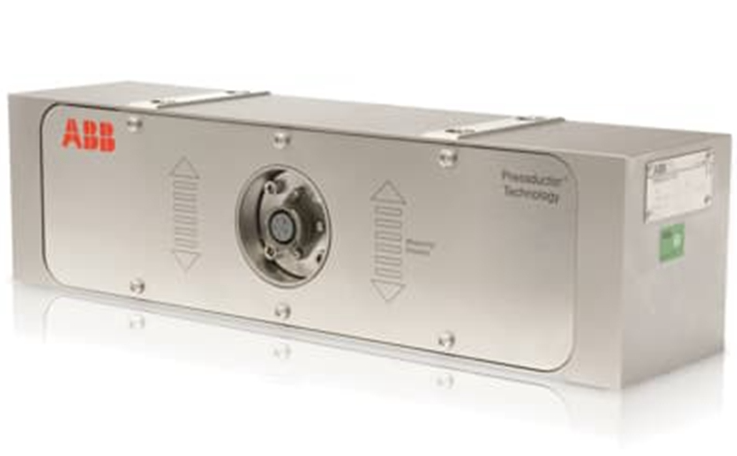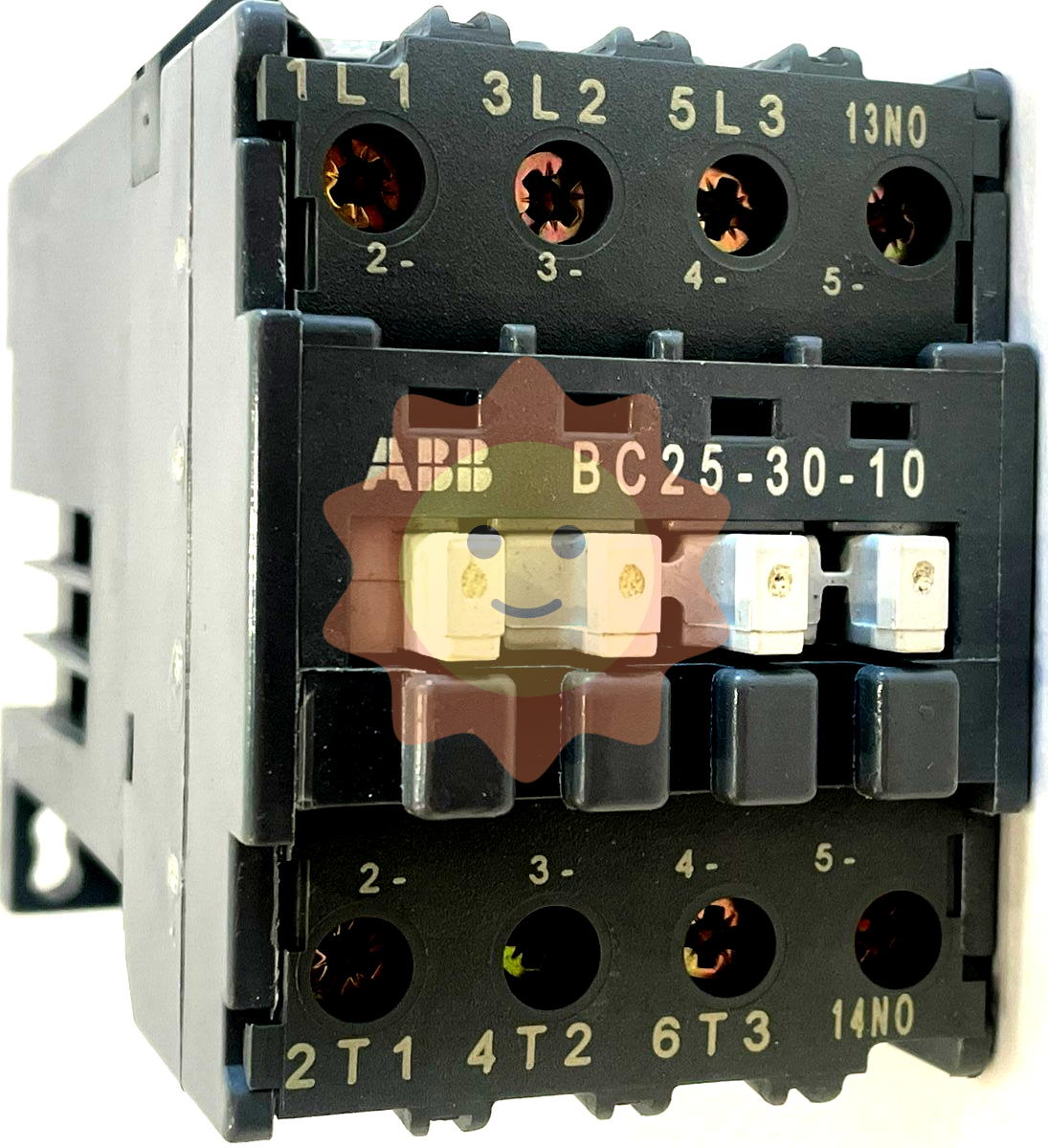Yarn, weaving, fabric
The textile industry is a traditional pillar industry of the national economy, an important livelihood industry and an industry with obvious international competitive advantages. It plays an important role in the prosperity of the market, the absorption of employment, the increase of farmers' income, the acceleration of urbanization and the promotion of social harmonious development. Since the 16th National Congress, the textile industry has thoroughly implemented the scientific outlook on development, firmly seized the major opportunity of joining the WTO, made full use of both international and domestic markets and resources, and actively promoted structural adjustment and industrial upgrading. The scale of the industry has continued to grow, the innovation ability has been continuously enhanced, the quality and efficiency have been greatly improved, the effect of energy conservation and emission reduction has been obvious, and the international competitiveness has been significantly improved. It has laid a solid foundation for the realization of textile power.
The scale and efficiency of the industry continue to grow
In the past ten years, China's textile industry has developed rapidly, forming an industrial system from upstream fiber raw material processing to clothing, household, and industrial end-product manufacturing. With the strong support of the state, the textile industry has deeply implemented the industry development plan, made full use of domestic and foreign markets and resources, accelerated structural adjustment and industrial upgrading, continued to expand the industrial scale, and steadily increased product output.

By the end of 2011, there were 35,891 enterprises above designated size with a total industrial output value of 5,478.7 billion yuan at current prices, four times that of 2002. The total profit was 295.6 billion yuan, nearly nine times that of 2002. The profit margin on sales reached 5.5%, the best level in history. In 2011, the output of chemical fiber, yarn, cloth, woolen, silk fabrics, clothing and other products ranked first in the world, and continued to maintain the position of the world's largest textile and clothing producer. Among them, the total amount of textile fiber processing reached 43.1 million tons, 2.4 times that of 2002; The output of chemical fiber was 33.62 million tons, 3.4 times that of 2002, accounting for more than 60% of the global output of chemical fiber. The output of yarn was 28.94 million tons and cloth was 62 billion meters, three times and two times that of 2002, respectively.
Industry exports have grown steadily
The textile industry has a high degree of external dependence, and export has always been the main factor affecting the smooth operation of the industry. Before the outbreak of the international financial crisis in 2008, about 30% of the textile industry's products were sold to the international market, and the international market share ranked first in the world for more than ten consecutive years, but the export market was nearly 50% concentrated in the European Union, the United States and Japan, which has not yet formed a diversified pattern. Severely affected by the international financial crisis, the textile industry has suffered a sharp decline in exports, the profitability of enterprises has declined, and the growth rate of production and efficiency has fallen to a historic low, falling into a predicament not seen in many years.
In order to stabilize the international market share of the textile industry and expand consumer demand in the domestic market, the state has formulated and implemented the "Textile Industry Adjustment and Revitalization Plan", and has raised the export tax rebate rate of textile and apparel four times, optimized and adjusted the total import volume of natural fibers (cotton, linen) and chemical fiber raw materials and the provisional tax rate, in a timely manner to ease the difficulties of textile enterprises and promote the recovery of industry exports.
In 2010, the growth rate of production and sales, efficiency and export of the textile industry has basically recovered to the pre-crisis level. With the joint efforts of all aspects, the whole industry continues to consolidate the results of the crisis, in 2011, textile and apparel exports of US $247.9 billion, accounting for more than 35% of the global similar trade, an increase of 18 percentage points over 2002. Among them, textile exports were 84.7 billion US dollars, and clothing and clothing accessories exports were 168.2 billion US dollars, about four times higher than in 2002. The proportion of general trade in the textile industry reached 75.4%, an increase of 13 percentage points over 2002; The share of private enterprises in exports increased from 9.7% in 2002 to over 50% in 2011. The proportion of direct exports to major consumer markets in Europe and the United States increased from 22% in 2002 to 42% in 2011.
The industrial structure has been continuously optimized
The textile industry focuses on independent innovation, technological transformation, elimination of backwardness and optimization of layout, and continues to promote structural adjustment and industrial upgrading. In light of the economic development situation, the state revised the Guidance Catalogue for Industrial Structure Adjustment in 2005 and 2010 to guide the direction of social investment. In the past ten years, the final product structure of the textile industry has developed from clothing processing to clothing, home textiles and industrial textiles, three final products have developed simultaneously, the proportion of fiber consumption has changed significantly, the proportion of clothing fiber has declined, household and industrial textiles have developed rapidly, and the application field of textiles has been expanding. In 2011, household textiles accounted for more than 30% of the total fiber processing, and industrial textiles accounted for more than 20%, respectively, an increase of more than 10 percentage points over 2002. Chemical fiber has become the main raw material support for the development of the textile industry, accounting for 72.5% of textile raw materials, basically meeting the needs of the textile industry for the quantity and quality of raw materials.

In order to regulate the development of printing and dyeing and viscose industries with high energy consumption and large pollution emissions, relevant departments have included backward production capacity of printing and dyeing and chemical fiber in the national mandatory backward production capacity elimination catalogue, accelerated the updating of technical equipment of printing and dyeing and chemical fiber industries, and successively formulated and issued the "Printing and Dyeing Industry Access Conditions" and "Viscose Fiber Industry Access Conditions". The requirements for the construction location, technical equipment, quality management, energy consumption and water intake quota, and environmental protection of new and expanded enterprises have been clarified, and the scope of application of access conditions has been extended to existing enterprises, which has effectively promoted the existing capacity and existing enterprises to accelerate the improvement of technical equipment and management level. At the same time, China's textile and apparel domestic market has grown rapidly, and the proportion of domestic sales output value of enterprises above designated size has increased from 66% in 2002 to 83% in 2011. By the end of 2011, 176 textile industry clusters had been formed, and the output value of the cluster accounted for more than 40% of the output value of the textile industry.
The level of technology and equipment and the capacity for independent innovation have been continuously improved
In order to enhance the ability of independent innovation, accelerate technological progress, and consolidate and improve the competitiveness of the textile industry, the relevant departments have issued the Guiding Opinions on the Structural Adjustment of the textile Machinery Industry and the Catalogue of Investment Directions for Technological Progress and technological Transformation of the textile Industry to support the research and development and industrialization of textile equipment, new chemical fiber materials, and new spinning and weaving technology and process equipment. We actively guided enterprises to increase investment and technological upgrading in advanced technology and equipment, and significantly increased the proportion of new technologies and equipment used.
By the end of 2011, more than one-third of the equipment in the whole industry had reached the international advanced level. Among them, the cotton textile industry continues to develop in the direction of continuity, automation, high-speed and informatization, and the proportion of advanced equipment reaches 76%; The chemical fiber industry widely uses internationally competitive new polyester and supporting short and short filament technology and equipment, polyester, spandex, viscose fiber production technology has reached the international advanced level, chemical fiber differentiation rate increased to about 50%, per capita output value reached 1.5 million yuan, 2 times higher than in 2002; Large and medium-sized wool knitting enterprises have basically realized yarn knot-free, combed products are 100% shuttle-free, and rough-combed products are 80% shuttle-free. Backward technologies, technologies and equipment have accelerated their withdrawal under the role of market mechanisms, and remarkable results have been achieved in energy conservation, emission reduction and circular economy.

During the 11th Five-Year Plan period, the total energy consumption per unit value added of the industry has decreased by more than 30%, the water intake per unit value added has decreased by 30%, and the recycled fiber has reached 4 million tons. Breakthroughs have been made in key technological research and industrialization in key areas, a number of high and new technologies have achieved substantial transformation from scratch, and a number of independently developed scientific and technological achievements and advanced equipment have been widely applied in the industry. High-strength polyethylene, aramid, carbon fiber and other high-performance fibers to achieve industrial breakthroughs, most of the technology and products have reached the international advanced level; Cotton, wool, knitted fabrics and a number of chemical fiber fabrics have reached or close to the international advanced level, and the self-sufficiency rate of textile fabrics has reached more than 95%; Textile machinery key research products have achieved mass production, some products have reached the international advanced level, domestic textile equipment market share increased from less than 50% in 2002 to more than 65% in 2011. Technological progress and the improvement of innovation ability have led to the improvement of the technical management level of the whole industry, and the labor productivity of the whole staff has increased from 35,000 yuan/person year in 2002 to about 140,000 yuan/person year in 2011.
Independent brand building has achieved initial results
The endogenous power of brand construction in the textile industry has been significantly enhanced, and the majority of enterprises adhere to the brand value system of quality, innovation, rapid response and social responsibility, forming a consensus on strengthening the construction of the brand industry chain and scientific management of the supply chain through market competition and market inspection, and improving the contribution rate of the brand, setting off a boom in creating their own brands. This also marks that China's textile industry has begun to shift from undertaking international textile processing links to a new period of independent creativity. The state has also increased its support for brand building in the textile industry, supported the establishment of an independent brand database and the China Textile and apparel brand network, built a number of brand enterprise research and development centers and marketing systems, identified a number of public service demonstration platforms, strengthened the training of brand building knowledge and talents, and guided the entire industry to actively create brands.
With a series of policy guidance and support, textile and garment enterprises pay more attention to research and development design and brand creation. At present, China's garment exports are accelerating the transformation from OEM (processing and production) to ODM (design and production) and OBM (brand production), and the proportion of independent brand exports is increasing year by year. By the end of 2011, the whole industry has more than 180 "Chinese famous brand products", more than 200 well-known trademarks, a number of well-known brands into the international market. A number of advantageous enterprises began to try to carry out the international operation of the brand, attract international intelligence, acquire foreign brands, and establish research and development centers and design offices in developed countries.

Industrial transfer is proceeding in an orderly manner
With the rapid rise in the cost of various production factors in the southeast coastal areas, the advantages of the central and western regions, such as proximity to raw material sources and abundant labor supply, have gradually emerged, and the textile industry, especially the garment and textile preliminary processing industry, has accelerated the transfer to the central and western regions. In order to guide the orderly transfer of industries, relevant departments and local governments should strengthen the connection, organize a national textile industry transfer work exchange meeting, build a docking platform between enterprises and parks, and promote inter-regional industrial undertaking.
The eastern region has accelerated industrial optimization and upgrading by transferring industries and building trans-regional industrial chains. The central and western regions gave full play to their comparative advantages and persisted in undertaking transfer through innovation and upgrading, and their industrial scale grew rapidly. In 2010, the investment in fixed assets of textile enterprises in the central region reached 148.7 billion yuan, an increase of 46.7%, and the investment in the western region was 37.4 billion yuan, an increase of 44.3%, and the investment growth rate was 27.7 and 25.3 percentage points higher than that in the eastern region, respectively. In 2011, the proportion of textile output value in the central and western regions in the whole industry has increased from 17% in 2009 to 21%.
After ten years of rapid development, China's textile power status has been further consolidated, but in the international industrial division of labor is still in the low-end of the value chain of processing and manufacturing links, in the international industrial system and international trade lack of voice, pricing power. In the face of increasingly complex and changeable development environment at home and abroad, the textile industry will adhere to accelerating the transformation of economic development mode as the main line, structural adjustment and industrial upgrading as the main direction, independent innovation, brand building and integration of the two as important support, to expand domestic demand and improve people's livelihood as the fundamental starting point, to improve the value chain and achieve sustainable development as an important focus. The development of a modern textile industry system with optimized structure, advanced technology, green environmental protection, high added value, and strong employment capacity will lay a more solid foundation for the realization of a powerful textile industry.
- EMERSON
- Honeywell
- CTI
- Rolls-Royce
- General Electric
- Woodward
- Yaskawa
- xYCOM
- Motorola
- Siemens
- Rockwell
- ABB
- B&R
- HIMA
- Construction site
- electricity
- Automobile market
- PLC
- DCS
- Motor drivers
- VSD
- Implications
- cement
- CO2
- CEM
- methane
- Artificial intelligence
- Titanic
- Solar energy
- Hydrogen fuel cell
- Hydrogen and fuel cells
- Hydrogen and oxygen fuel cells
- tyre
- Chemical fiber
- dynamo
- corpuscle
- Pulp and paper
- printing
- fossil
- FANUC
- Food and beverage
- Life science
- Sewage treatment
- Personal care
- electricity
- boats
- infrastructure
- Automobile industry
- metallurgy
- Nuclear power generation
- Geothermal power generation
- Water and wastewater
- Infrastructure construction
- Mine hazard
- steel
- papermaking
- Natural gas industry
- Infrastructure construction
- Power and energy
- Rubber and plastic
- Renewable energy
- pharmacy
- mining
- Plastic industry
- Schneider
- Kongsberg
- NI
- Wind energy
- International petroleum
- International new energy network
- gas
- WATLOW
- ProSoft
- SEW
- wind
- ADVANCED
- Reliance
- YOKOGAWA
- TRICONEX
- FOXBORO
- METSO
- MAN
- Advantest
- ADVANCED
- ALSTOM
- Control Wave
- AB
- AMAT
- STUDER
- KONGSBERG
- MOTOROLA
- DANAHER MOTION
- Bently
- Galil
- EATON
- MOLEX
- Triconex
- DEIF
- B&W
- ZYGO
- Aerotech
- DANFOSS
- KOLLMORGEN
- Beijer
- Endress+Hauser
- MOOG
- KB
- Moxa
- Rexroth


Email:wang@kongjiangauto.com

